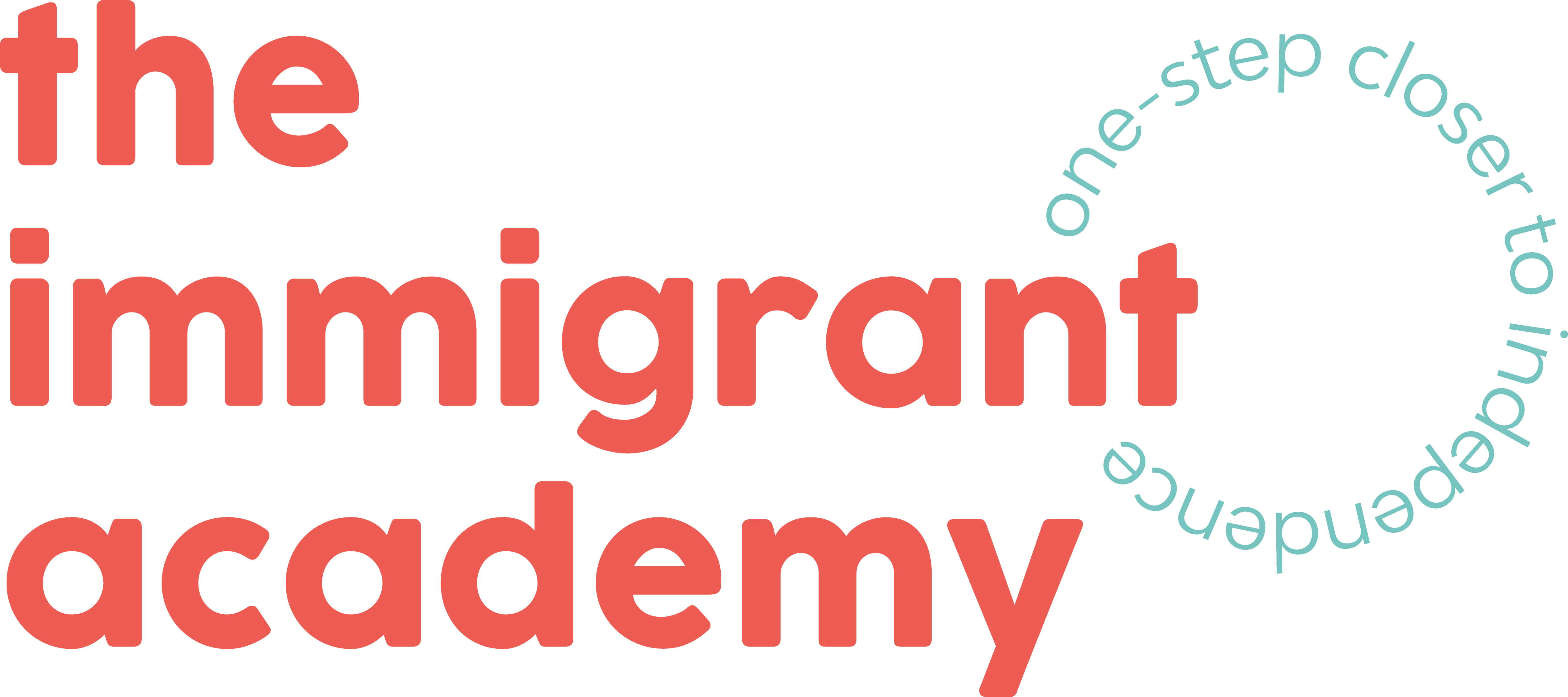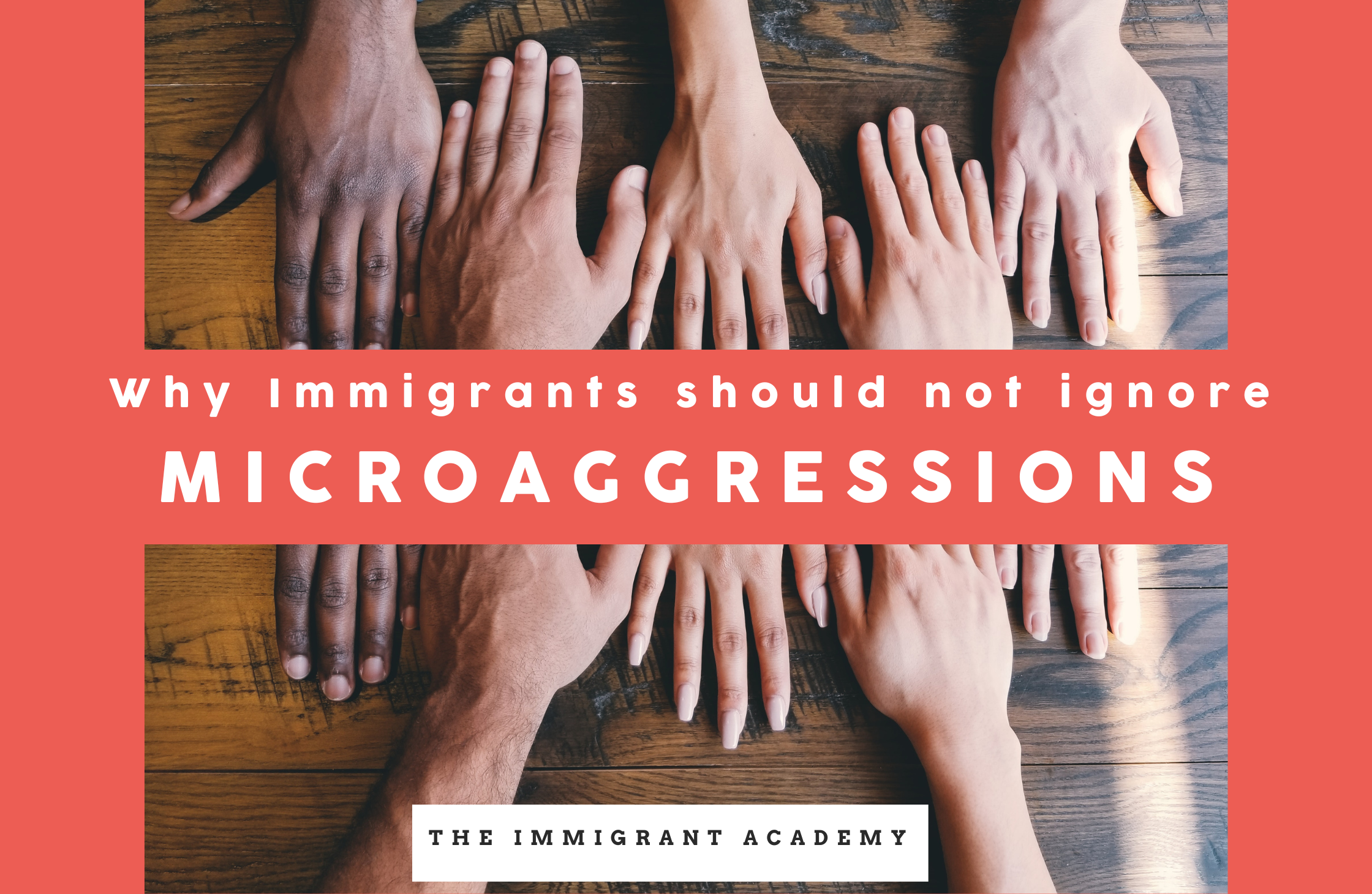“You are the whitest black person I ever knew”
“You are not an Asian if you aren’t a doctor or an engineer”
“Why do you have to be so loud/so shy”
These are just a few examples of microaggressions we as immigrants experience frequently. The weirdest part of microaggressions is that the person blurting these lines may not have the slightest knowledge of the racial or cultural discrimination disguised behind the words. And in many cases, even the person at receiving end might not identify them as microaggressions.
Microaggression is a type of racism that pops up in day-to-day interactions. Terms like “You are a credit to your race,” “You speak good English,” or “Where are you from?” and acts like holding the purse tight near a person of color fall under microaggressions. These terms make the receivers feel alienated.
I noticed microaggression in a few retail stores where employees choose to selectively keep an eye only on shoppers of color for chances of shoplifting, which is discrimination. I also noticed certain people avoiding the elevator a couple of times if the passengers were from one set of racial groups.
There are three types of microaggressions (based on current racial misdemeanors):
- Micro-assaults: These are deliberate actions directed at an intended victim.
For example – displaying swastikas or clutching bags tight when around a person of color.
- Microinsults: These are uncivil and impolite gestures/words meant to disrespect a person’s identity or heritage.
For example- judging someone based on their faith, asking a colleague if they got the job through quota, etc.
- Microinvalidations: These type of microaggressions occurs when someone discredits or nullifies the experiences of people from an underrepresented group.
For example – people of color often being bombarded with the question “Where are you from?” creates estrangement.
Many people try to invalidate microaggressions as being received in an overly sensitive way. They argue that they are otherwise random jokes or comments. The majority of microaggressions are aimed at groups that are frequently victimized by stereotyping and racial prejudices. Therefore, these are certainly not the ones that can be ignored or spoken casually of.
For example, one of my friends had an office colleague who commented “Your English is good for an Asian”. The colleague meant it as a compliment, but my friend couldn’t receive it that way. She felt insulted. Frustrated to hear such kinds of microaggressions every day in some way or the other, she let her colleague know that she doesn’t like being stereotyped.
The dispensing end is not just limited to locals or non-immigrants. Sometimes one group of immigrants can incite microaggressions toward another group of immigrants. This kind of racial discrimination has a higher chance of being considered tenuous and often goes unidentified. Hence the person at the receiving end of this aggression always suffers to find ways to point out or address it.
How do these microaggressions harm us?
- The psychological effects of microaggressions can lead to anger and depression.
- Victims develop a tendency to become anti-social.
- Reduction in work-productivity and rational skills.
- Adverse effects on confidence and mild nature among youth.
- The accumulation of hurt from microaggressions could lead to more serious mental issues.
- Mental health problems lead to physical health issues.
Unintentional or accidental microaggressions are not meant to hurt someone purposefully. Yet it leads to damage. So, we need to put in every effort to avoid these by thinking before we speak, especially if it’s regarding someone’s identity. For someone to avert speaking microaggressions, they should be more open to accepting and respecting the opinions of the receiving end.
“I once genuinely admired one of my friends (let’s call her Jennie) from North-East India for having a beautiful “Duchenne smile” (smiling with eyes). I was not aware that my compliment was equal to calling someone as slant eyes, which is an offensive racial remark. I only realized it when she told me a couple of days later that she did not like that compliment of mine. So, I apologized and made my intention clear. I also promised I would not repeat it. I also made sure to keep the promise.”
Some might feel scrutinization of microaggressions is frustrating. Not all at the receiving end react to the microaggressions the same way. For example, if my friend Jennie chose to receive my Duchenne Smile compliment as is, I would not have had a chance to realize it as a form of microaggression.
What are the disadvantages of microaggression’s over-scrutinization?
- Many avoid having fruitful and open conversations with different racial groups fearing unintentional microaggressions that might creep in.
- As microaggressions are usually directed at or experienced by a specific group of people, there are chances that those groups might be considered weak.
- There might be chances of false-victim claims.
So, are microaggressions as destructive as many consider?
Many studies show that it is not an easy question to have a straight Yes or No answer. For instance, when people of color fall victim to bigotry, few choose to fight back. The others choose to ignore it altogether. The same is the case with microaggressions. But what makes microaggression seem less destructive is that the receiving or the dispensing end might be completely unaware of the discrimination that is cloaked behind the well-intended remarks.
Even if one out of ten people get hurt because of microaggressions, we can’t justify ourselves in the name of the other nine. Hence, it’s always better to be more cautious when a person’s identity is the center of a discussion.
To know more examples of racial microaggressions (which we might be using unintentionally)
Example reference 1
Sources referred:
https://www.vox.com/2015/2/16/8031073/what-are-microaggressions
https://www.apa.org/monitor/2009/02/microaggression
About the writer: Ananya is an aspiring freelance writer, poetry enthusiast, Zumba instructor, and software engineer by trade. She lives in Texas and follows her multiple passions. You can find her on Instagram @ananyareddykanipakam and on her blog

